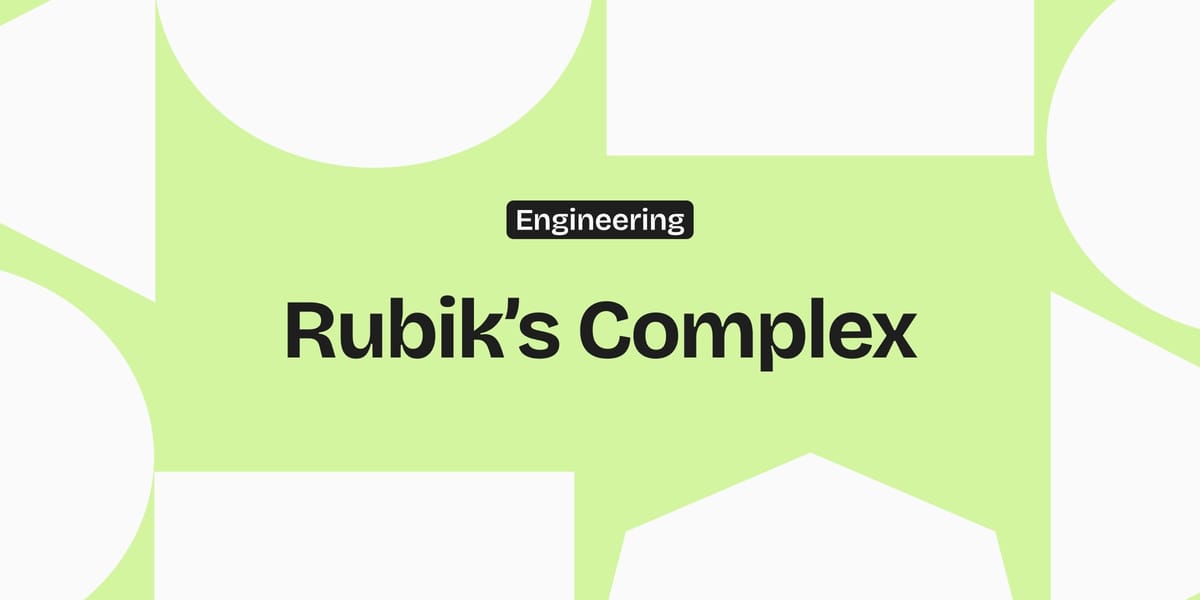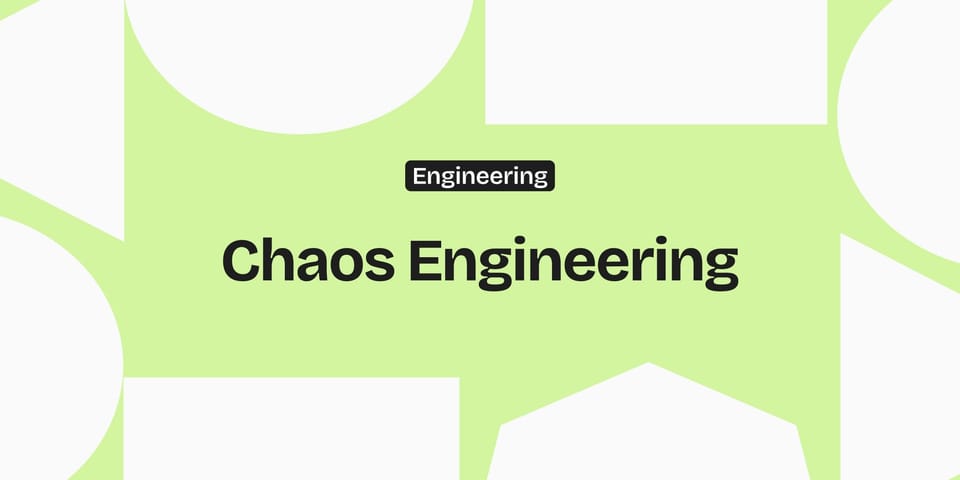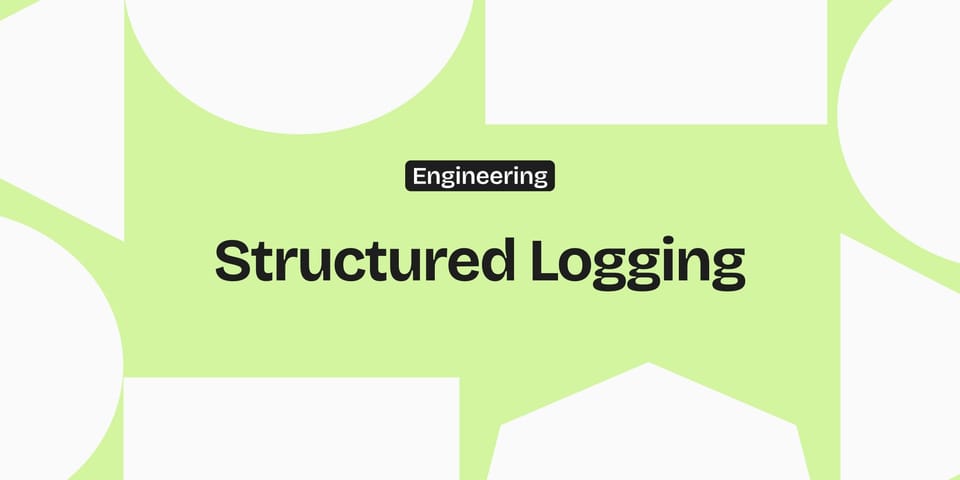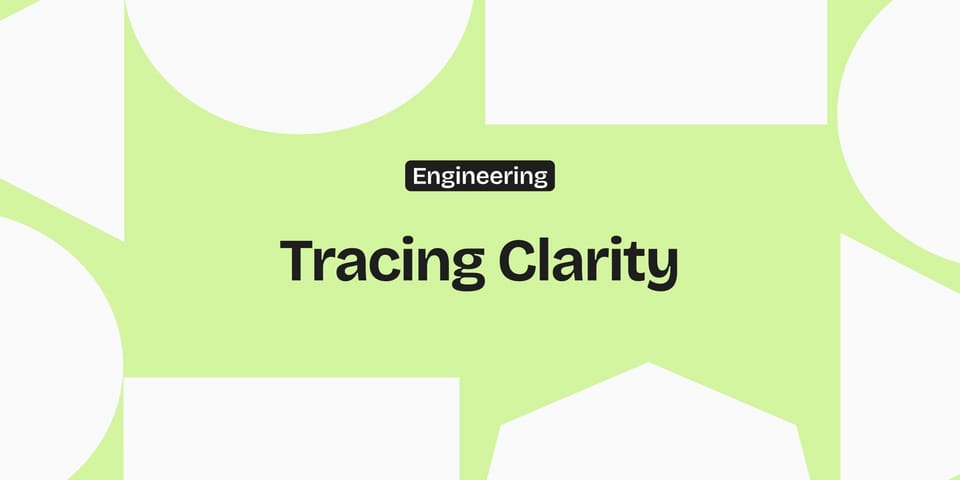Solving the Wrong Puzzle
Some developers aren't building for users. They're chasing elegance and the urge to solve problems just because they're hard, not because they matter. It's a trap that kills velocity and distracts even the smartest engineers.

I was watching House M.D. the other night, one of those shows I put on when I'm trying to unwind, and there's a scene where House accuses himself of having what he calls the Rubik's Complex. The pathological need to solve a problem just because it's complicated. Not because it saves a life. Not because it matters. But because it's there. Because it's a puzzle.
That phrase has stuck with me for years. And recently, I've started seeing it everywhere, especially in software development. I see it in my team. I see it in myself. Developers aren't always building for impact. Often, we're just chasing elegance.
We don't care that a solution is good enough. We want it to be right. To be neat. Idiomatic. Fully decoupled. We want the tests green, the abstractions pure, the O(n) trimmed down to O(log n) - even if no user will ever notice.
It's not just over-engineering. It's compulsive engineering. The joy isn't in launching. It's in tweaking the Rubik's Cube.
Some signs you're falling into the Rubik's Complex:
- Obsessing over architecture before product-market fit
- Refactoring code that no one is complaining about
- Spending days shaving milliseconds off load time without checking if the business even cares
- Choosing the "perfect" tech stack instead of shipping with what you know
- Perfecting an animation in a mobile app that only 0.5% of users will ever see
I touched on this in my post Why Monolith Became a Bad Word, where I explain how chasing clean abstractions too early slows teams down. It’s not that we shouldn’t care about good design, but the business rarely rewards it the way we hope.
The Rubik's Complex makes you think the goal is to build the cleanest possible system. But the real job? It's to build something users want. Something the business can grow. Something that doesn't collapse under change.
Sometimes, that means writing ugly code.
Sometimes, it means keeping the monolith.
Sometimes, it means not solving the puzzle.
Because the point isn't to finish the cube.
It's to move the company forward.
If you're leading a team
This is where it gets harder.
As a CTO or tech lead, your job isn't to reward cleverness. It's to keep the team pointed at outcomes. That means catching the Rubik's Complex before it eats up cycles.
You don't fix it with bans or top-down rules. You fix it by asking better questions:
- What does this help us ship?
- What's the fastest way to learn if it works?
- Will users even notice?
- Is this solving a problem, or scratching an itch?
Encourage experiments. But keep the bar tied to real-world feedback. Track what gets used, what gets launched, what moves a metric. Not just what looks elegant in a code review.
Some of the best engineers I've worked with weren't obsessed with architecture. They were obsessed with velocity. With delivery. With doing the hard 80% quickly, and coming back to polish only when needed.
If you're not careful, the smartest people on your team will spend their energy solving problems that don't matter. Your job is to stop that from happening. Make sure they're solving the right puzzle.
One last thing
This isn't a dig at anyone. It's a confession. I've chased the elegant route more times than I'd like to admit - and almost always at the cost of momentum.
Good engineering isn't about clever abstractions. It's about strategic restraint. Solve the puzzle when it's in the way. Not just because it's shiny.




